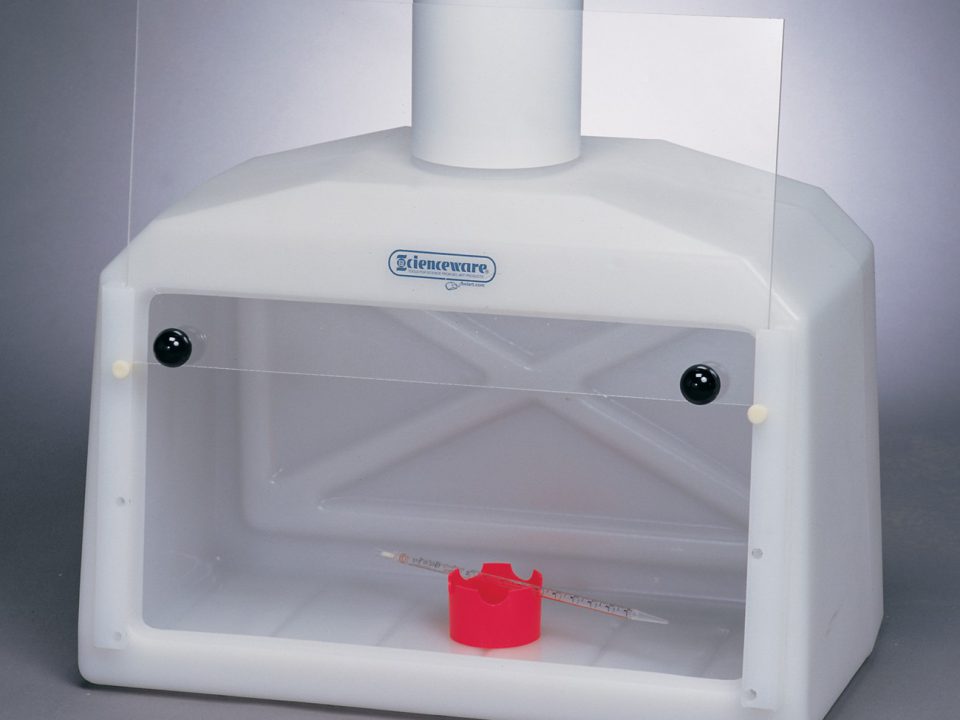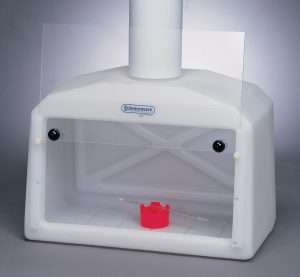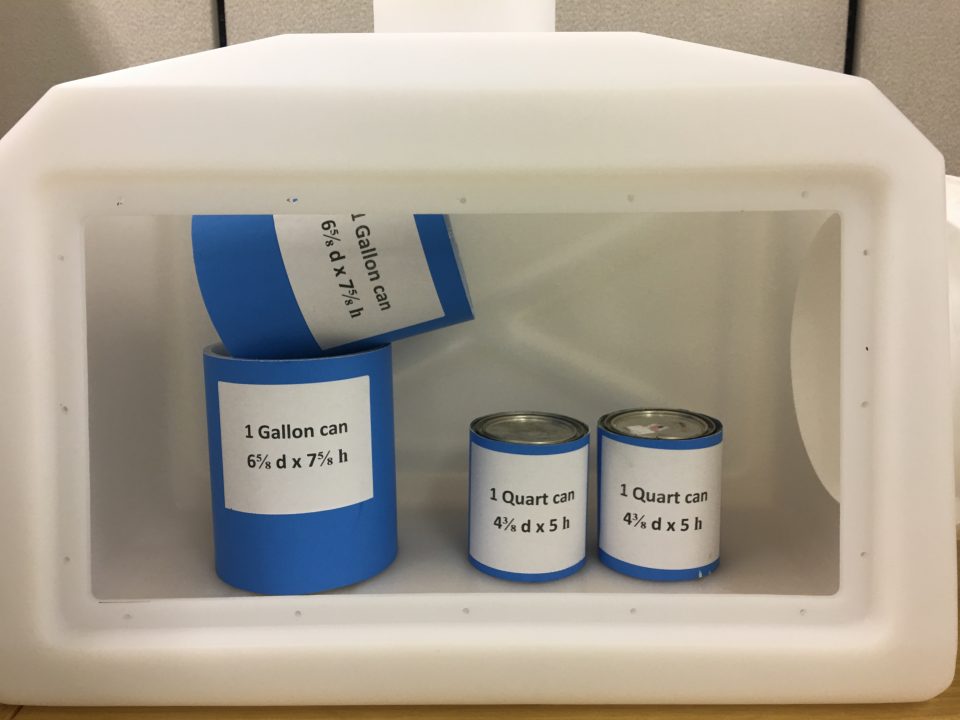
Matching an Exhaust Fan to a Fume Hood
Dear Lab Guy,
For your part# H50000-0002 just wondering if you had a fan/blower or extraction system to go along with the fume hood. Client does not have an ability to plug this unit into an existing system.
Glen G.
Lab Guy here!
Sorry, we do not carry the in-line exhaust fans needed for fume hoods but they are readily available from industrial suppliers.
That said, please take caution when selecting your exhaust fan as there are many aspects to consider when setting up and installing your laboratory fume hood. Each fume hood model will differ in the amount of exhaust-fan power that will be needed to draw air from the hood and send it through the ductwork to an eventual exit. Bends and curves in the ductwork also affect the exhaust power you will need.
If the length of ductwork running from your fume hood to the exit point is 10 feet, you will not need as powerful an exhaust fan as the exact same fume hood will need that has ductwork running 50 feet with several bends and curves.
The measure you hope to achieve when pairing your exhaust fan and ductwork is called the CFM, or Cubic Feet per Minute of airflow at the face of your hood. Most fume hoods give a recommendation for the minimal CFM value. The particular Bel-Art – SP Scienceware fume hood you mentioned, our Small Molded Polyethylene Benchtop Fume Hood with Acrylic Sash (H50000-0002) recommends an exhaust system capable of drawing 200 cfm. This link provides a brief explanation on CFM calculation. And, Grainger is one place to find a variety of in-line exhaust fans like this model shown here.
To summarize, all Fume Hoods whether they are more portable benchtop models or larger, permanently installed fixtures, have the very same venting considerations. I recommend having a conversation with your building manager or HVAC specialist if you are unsure of any aspect of proper fume hood installation.
Thanks for writing to Lab Guy, and please feel free to write back if I can help in any other way…

Got a Question? Lab Guy can Help
Ask Lab Guy:
- For advice on SP lab equipment, supplies, etc.
- How to make something work - products, processes, applications
- Where to find resources on a scientific topic or process





